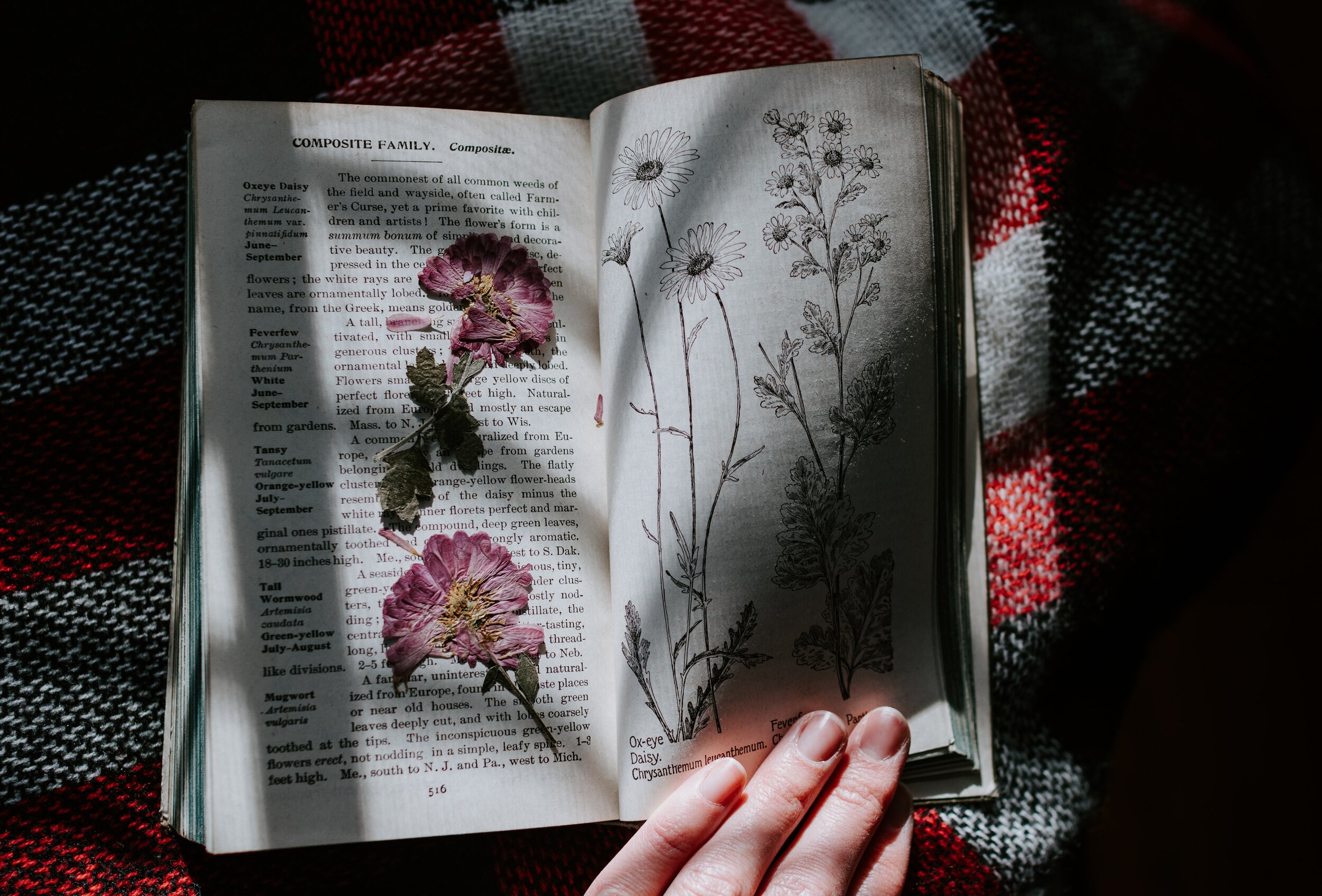A Short Walk to the Wildflowers
Well hello! Here we are, July already!
Now that the days are a little brighter and a little longer I’ve found more time to take walks around my neighbourhood. Just a short walk from my home is a piece of wasteland that during the summer months is full of the most beautiful wildflowers. In amongst the buzz of insects and the tangle of blooms is a plant similar to that of the daisy, the Scentless Mayweed (Tripleurospermum inodorum), and because daisies are one of my favourite flowers, I’m naturally drawn to it.
I picked a few of these pretty flowers to study up close and created a collage using precious vintage papers from the Saint-Ouen flea markets in Paris. My new collage is as shown here, what do you think? If you like it you can buy this new piece of art over in my store.
If you’re interested in making this style of collage, my good friend and fellow artist Jacqui Mair runs some great collage workshops. You can also find Jacqui on Instagram as @jhmair.
So seeing as I write this blog for art lovers, and plant and gardening lovers alike, I’ll share with you a little about what I know of this pretty wildflower.
Scentless Mayweed flowers from June to October and is a good source of nectar and pollen for beneficial insects. The flower-heads are made up in the same way as those of the daisy plant, but when the Mayweed begins to wither, the petals droop towards the stalk, and the yellow centre, instead of remaining nearly flat, becomes the shape of a thimble. Such a beautiful sight to see!
Turn your mind back to a time before, and during, the years of the World Wars, the times we consider to be the Sepia years. It’s funny because those times were in fact far more colourful than they are now - fields would have been awash with a riot of colour, a time when nature had it a lot easier. During this glorious period of abundance you would have seen Scentless Mayweed growing in profusion amongst the cornfields, sharing the same growing conditions as arable crops. But when farmers began using herbicides, like many other species, it started to disappear from the fields.
Photo by Kelly Sikkema on Unsplash
It’s shocking to think that what we see now is just a tiny percentage of what our grandparents would have witnessed whilst strolling through the fields. Since the 1930s, 97% percent of wildflower meadows have been lost to the over-ploughing and spraying of crops, but according to the blog over at the PlantLife website, wildflowers are thought to be making a comeback so it’s not all bad news.
Anyway, I hope that you’ve found this month’s blog interesting. Why not get out in your neighbourhood and try and spot as many wildflowers as you can this month?
Jill x

